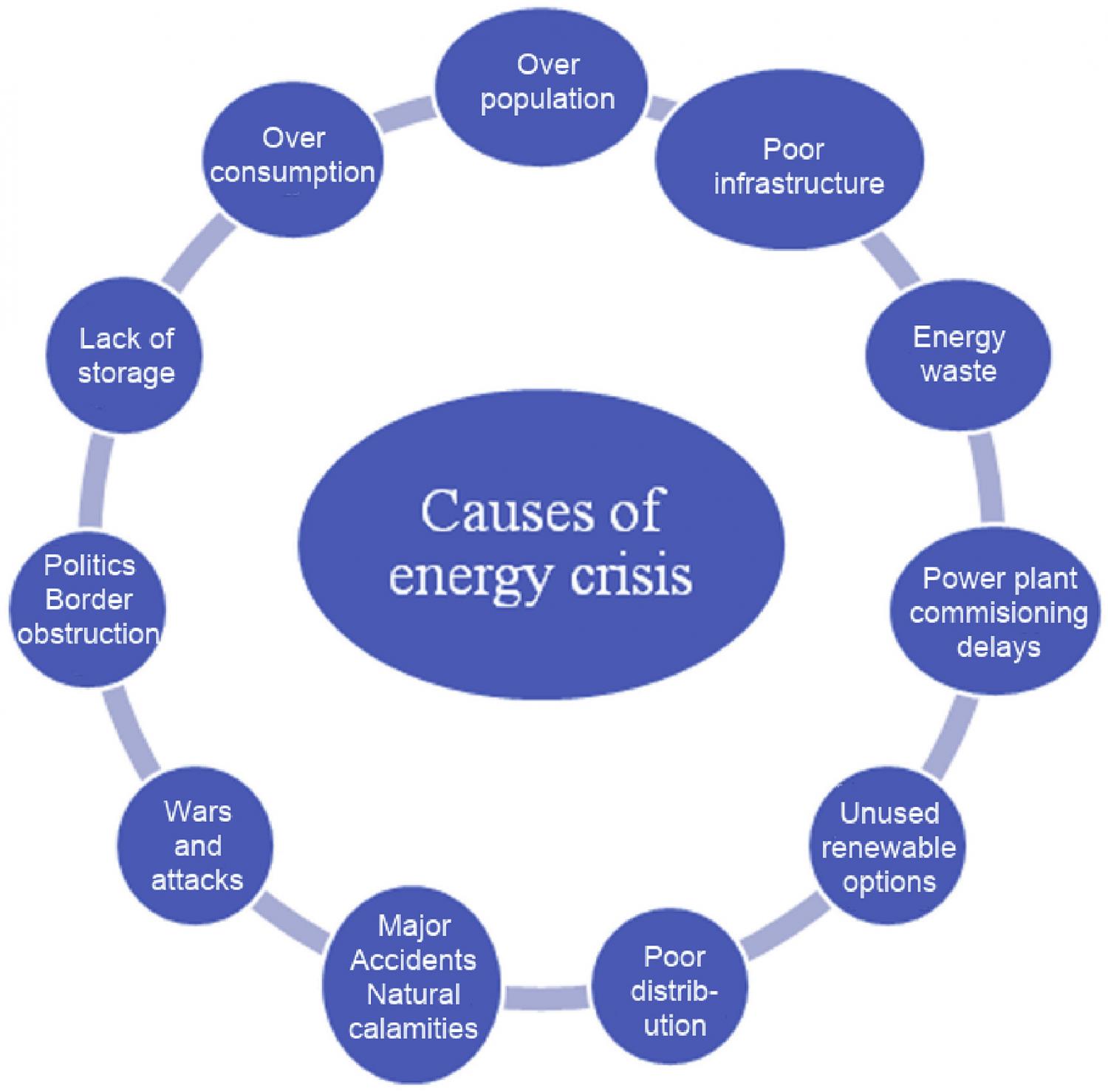
Nepal has been suffering from a serious energy crisis for decades. It has severely affected its economic, social and political developments. Owing to the continuously evolving energy situation in Nepal, and the recent progress in renewable energy technologies, this study aims to provide an up to date perspective on the current energy crisis in Nepal. In particular, the current energy production and consumption profiles are reviewed, and the main factors contributing to a widening gap between the energy supply and demand are identified. These factors concern delayed and overpriced hydropower projects, outdated and insufficient energy infrastructure, transmission and distribution losses, energy theft, deficient energy management, lack of energy conservation, low efficiency of equipment, unsustainable energy pricing strategies and unsatisfying energy market regulations. Other essential factors worsening the energy crisis can be attributed to specific geographical and geopolitical problems, the strong dependence on energy imports, and inadequate exploitation of the vast amounts of renewable energy resources. The status of existing and planned large hydropower projects is summarized. The recent policies and investment initiatives of the Nepalese government to support green and sustainable energy are discussed. Furthermore, a long-term outlook on the energy situation in Nepal is outlined using the energy modeling software LEAP in order to show how to exploit the tremendous renewable energy resources in Nepal. Our findings suggest that renewable resources are crucial not only for mitigating the present energy crisis, but also to ultimately provide energy independence for Nepal by establishing reliable and secure sources of energy.
